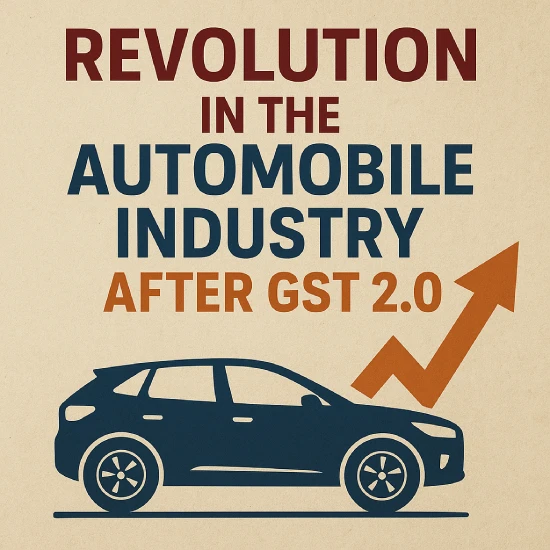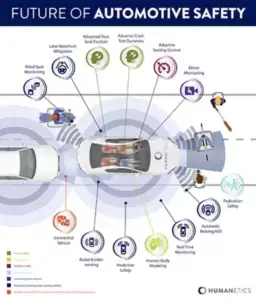INTRODUCTION
With the introduction of GST 2.0, the Indian automobile sector has undergone a massive transformation. This update to the tax structure aims to boost manufacturing, make vehicles more affordable, and push India’s long-term sustainable mobility goals.
1. What is GST 2.0?
GST 2.0 is an upgraded taxation system focused on:
- Simplifying multi-layer taxes
- Reducing overall vehicle prices
- Encouraging electric vehicle manufacturing
- Streamlining input credit for manufacturers
- Improving transparency in the supply chain
2. Major Changes Brought by GST 2.0
✔ Lower GST on EVs
- EV GST revised to 3%–5%
- Faster adoption of electric mobility
- Cheaper EVs for mass buyers
✔ Reduced GST for Entry-Level Cars
- Small cars & hatchbacks now under 12%–15% slab
- Aimed at middle-class buyers
✔ Stable GST for SUVs
- Higher slab (28%) retained to balance revenue
- Cess structure simplified
✔ Better Input Credit
- Manufacturers now get faster refunds
- Helps reduce final car pricing
3. How GST 2.0 is Changing the Industry
Boost in Manufacturing
Lower tax burden → higher domestic production → faster product launches.
Price Reduction in Budget Cars
Entry-level car prices dropped by ₹20,000–₹45,000.
EV Revolution Accelerates
GST 2.0 + state EV subsidies = strong growth in EV 2W & 4W.
Export Competitiveness Improves
Cleaner tax structure improves India’s global ranking.
4. Impact on Customers
- More affordable hatchbacks & EVs
- More model choices
- Transparent billing
- Lower maintenance cost on EVs
Conclusion–
GST 2.0 has opened the doors for faster growth, affordable EVs, and improved customer confidence. The revolution has already begun—and it will only accelerate India’s move towards sustainable mobility.




































